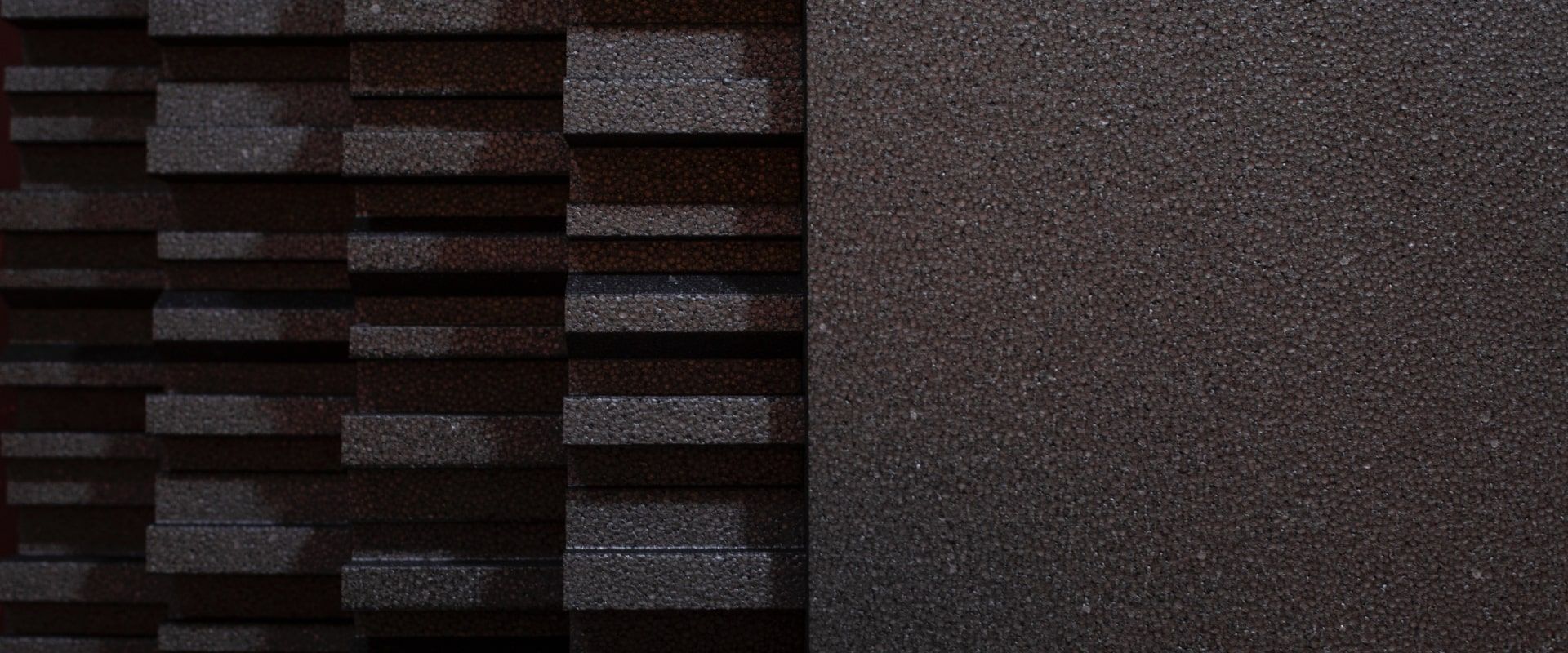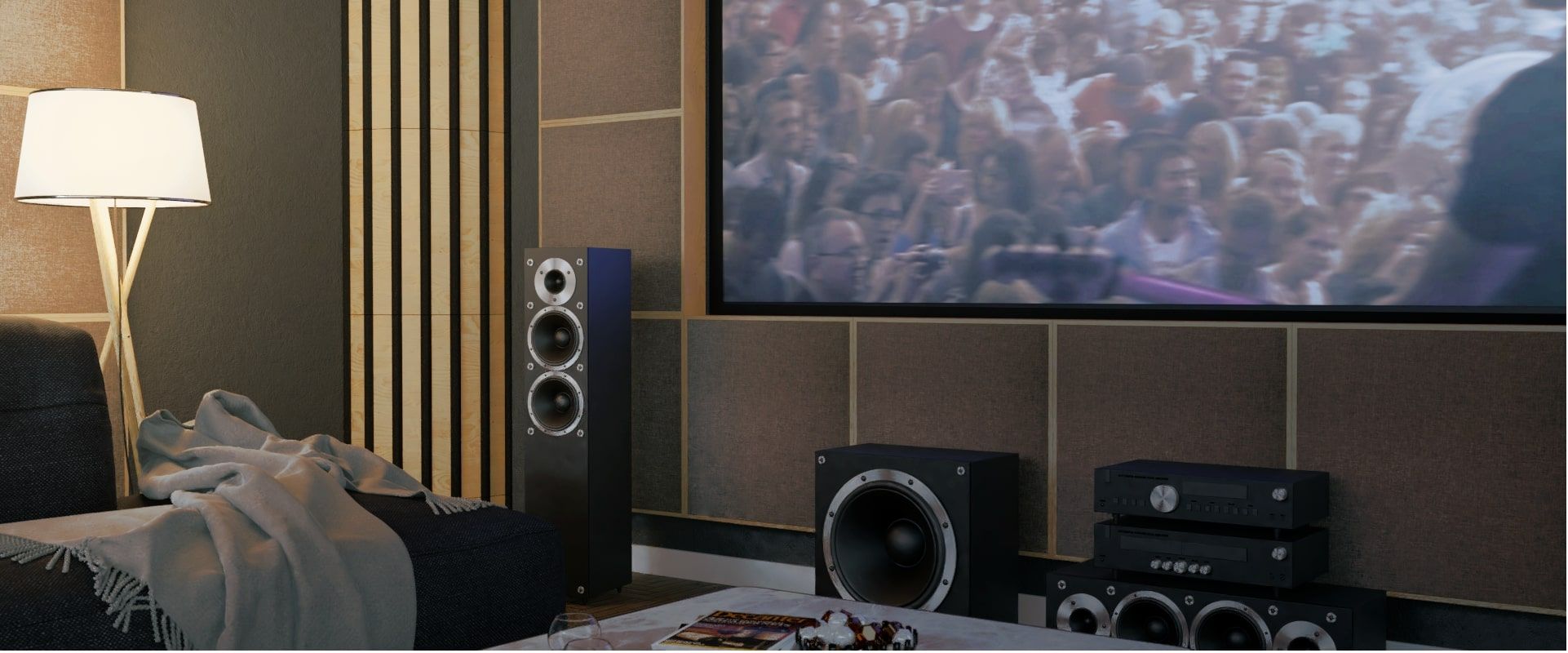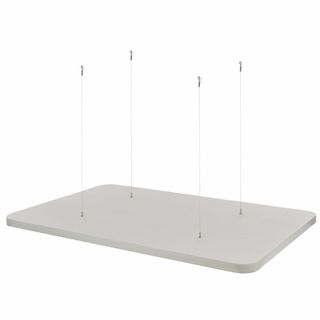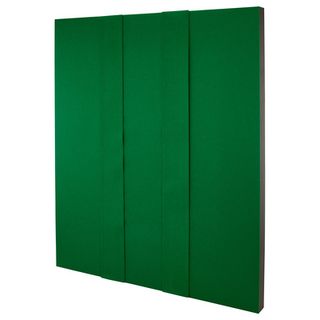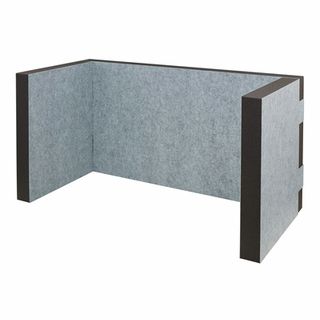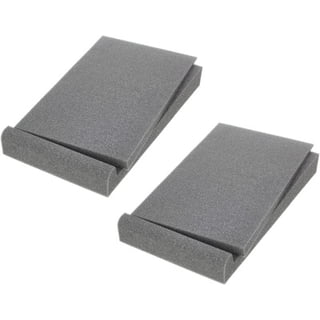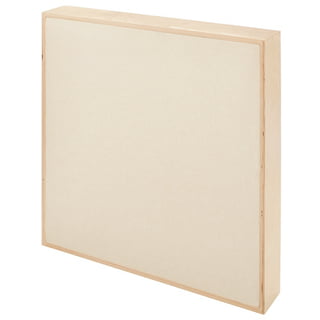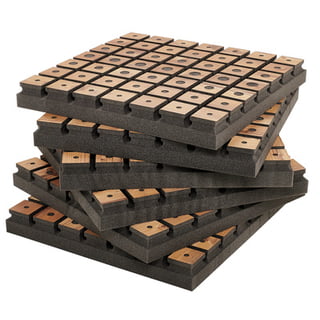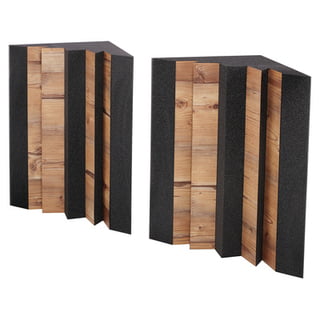Home Cinema Optimization
Building a home cinema setup is quite similar to building a studio control room, although the priorities are slightly different. While a pleasant atmosphere and high-quality sound is important in both, a home cinema should simply sound great and doesn’t need to be super analytical.
In a home cinema setup, the “sweet spot”, which refers to the zone with the best sound, should sound more lively and less “optimized” than in a studio control room. Most home cinemas use surround systems; stereo systems have become the exception. A larger number of speakers also means more effort in determining the optimal positions. Furthermore, there’s the need to incorporate a large TV or projection screen without interfering with the acoustics.
Projection screens have the advantage that they’re available in acoustically transparent fabric options, which makes it possible to place speakers behind them. This lets you create a large picture without obstructing the speakers. It also means that you won’t get any undesirable acoustic reflections from the smooth surface of a TV.


Speakers designed for home cinemas are built with shallow enclosures, so they can be hidden in the walls without taking up too much space. The gaps between the speakers can then be filled with the appropriate acoustic modules. You can also cover everything with fabric, in order to achieve a uniform and smooth look.
That said, you don’t need to overdo it and recreate a complete movie theater for a three-person household. Here are a few tips on how to position the surround system around a couch for an optimal sound.
Symmetry
A symmetrical setup is important for both surround and stereo systems. All speakers should be placed at the same distance from the listening position in order to prevent different sound travel times.
Speakers are arranged in a circle around the listening position. Depending on the number of speakers and surround systems, the angles can be different. Architectural constraints can make a perfect, circular setup impossible. This is why some digital systems offer delays for compensating different sound travel times.
Distance from walls
The distance between the speakers and the wall determines how well-balanced the low-frequency reproduction will be. If the bass sounds boomy or thin, it’s often because the speakers are positioned at an incorrect distance from the wall – especially if the system isn’t designed for placement close to the wall. This tends to be more of a problem with the larger, full-range front speakers than with the smaller surround satellites.
Subwoofer placement
It’s a widespread myth that it doesn’t matter where you put the subwoofer. That’s rarely true. The fundamental rules for symmetry and distance from the wall also apply to subwoofers. In most cases you’ll need to find a compromise, because the powerful sub bass systems can cause other acoustic problems, especially room modes. Installing plenty of bass traps in the corner helps to solve this problem.
Tip for positioning the subwoofer
Place the subwoofer in the location where you’ll be sitting later. Then, walk around the room and find out where the sound is the most balanced. Based on the assumption that this will work the other way around, as well, put the subwoofer in this spot. If your subwoofer is very heavy, temporarily placing it on a dolly makes experimenting with the position much easier.


One third/two thirds rule
To prevent room modes from negatively affecting the sound, they need to be spread out evenly in the room. There’s a simple rule for this: The listening position should be located at 1/3 the total room length from either the front or back wall. For home cinemas, the 2/3 rule is the most practical, which means that the couch / seats should be placed at 1/3 the room length from the back wall.
Avoid flat, reflective surfaces
Flat surfaces reflect sound particularly well and can cause a variety of acoustic problems. In a system with a large number of speakers, there are many potential reflection points. Using the mirror method (angle of incidence = angle of reflection), you’ll soon find that the walls should be covered in absorbers almost entirely. In order to avoid overdampening the room, diffusors should be installed on the back wall. Slightly tilting the TV screen can also help to avoid hard, parallel surfaces.
Use a pedestal
Due to the low seating position on a couch and the long distance between the screen and seating position, reflections from the floor can be a problem. This can be compensated by using a long pile rug, but the speakers should be aimed at the ears and placed on stands to elevate them above the floor. That’s why it can be a good solution to build a pedestal or “throne” for the couch.
Topseller
Also interesting
